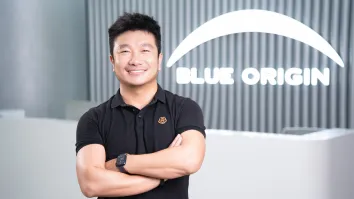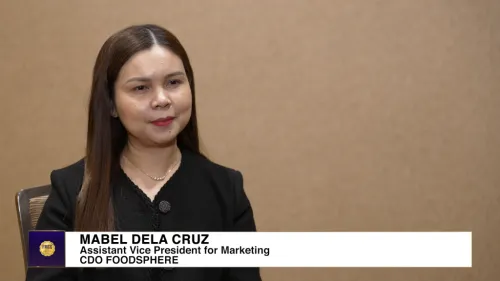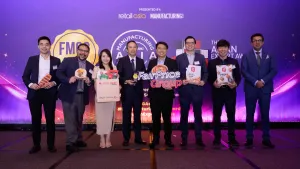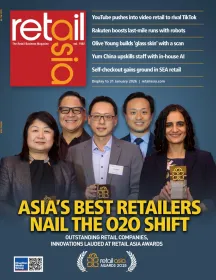
6 ways SEA businesses can adopt to digital consumers' growth
SEA is the new e-commerce powerhouse, Facebook and Bain & Company said.
Southeast Asia is the “new home” for digital growth, according to a report by Facebook and Bain & Company.
Since the start of the pandemic, 70 million people in the region have become digital consumers with nearly 30 million of them only shifted to digital from 2020 to 2021.
The Sync Southeast Asia Report stated that Southeast Asia’s digital consumer population will reach 350 million by end-2021 and 380 million by 2026.
With the accelerated shift to digital and Southeast Asia becoming the “new e-commerce powerhouse,” Facebook and Bain said businesses need to adopt “The Six Rs” or strategies to leverage on the e-commerce boom:
- Rewrite a digital-first agenda: Brands should develop a “holistic digital commerce strategy containing all the necessary building blocks and ensure a seamless consumer engagement.” They should prioritise engaging online consumers, online sales and strategies, as these aspects “can no longer be an afterthought.”
- Rewire the business model: Businesses should look at how they can adapt now and how they can plan for future disruptions instead of waiting for stability before making their plans. Facebook and Bain said they should start with a “Future Back” approach. Businesses should consider the evolving ecosystem, emerging consumer cohorts, and possible competitors, amongst others.
- Reimagine consumer engagement: The report said businesses should “create a unique, consistent, and engaging experience across your offline presence, social channels, website, and app,” noting that this will establish brand loyalty.
- Refresh product offerings: Consumers demand “right for me, right now” products, services, and experiences with the switch in platforms, whilst the pandemic fuel the need for affordability. Brands have to remain simple “with easy-to-understand propositions and price points.”
- Re-envision the role of sustainability: With consumers now banking on environmental- and social- friendly practices, brands need to make their sustainable practices known to attract more Southeast Asian consumers.
- Re-align to the post-pandemic hybrid lifestyle - Consumers have become more “home-centric” with the mobility restrictions and wanted shopping options that will allow them to be closer to home. Facebook and Bain said businesses should redesign and customise a subset of their offerings to cater to these consumers. They have to look at their product offerings, marketing and delivery options.



















 Advertise
Advertise





